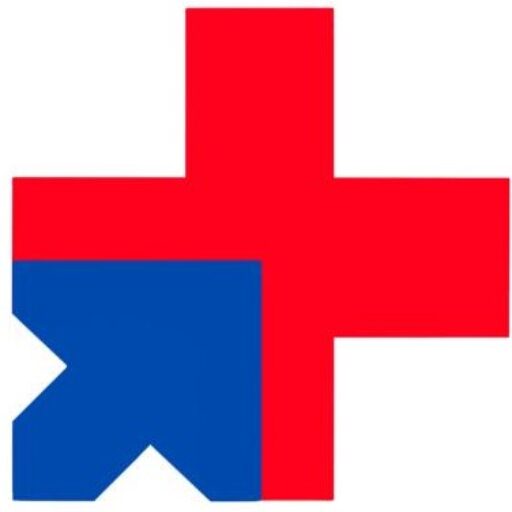Our homes are supposed to be safe places, but do we really pay attention to home safety hazards? It’s crucial to be aware of potential risks in our living spaces and remain vigilant. This proactive approach is always better than dealing with the consequences later on.
In this article, we’ll shed light on some common home safety hazards. From being exposed to harmful chemicals to ensuring child safety and proper medication storage, we’ll help you identify these hazards and offer practical solutions to eliminate them effectively.
Let’s begin our journey towards creating a safer home environment for everyone involved.
1. Home Safety Hazards: Consumer Products and Household Items
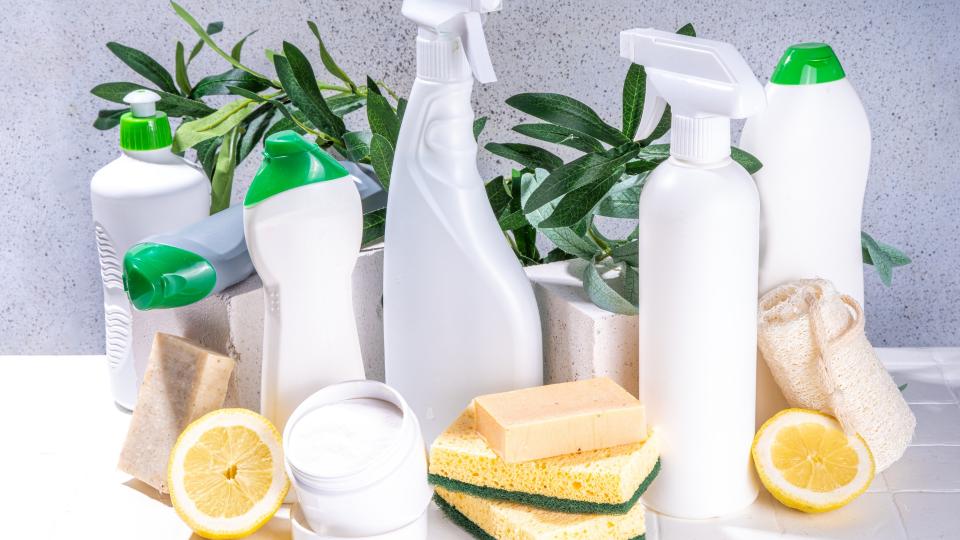
Many common items found in your home contain chemicals that can be harmful to your health. These products, which we use every day, include cleaning agents, pesticides, and personal care items. It’s important to understand the potential dangers they pose and how to handle them safely.
1.1 Cleaning Agents
- Many household cleaners contain chemicals like ammonia and bleach.
- These substances can cause respiratory issues and skin irritations.
- It’s especially important to avoid mixing these cleaners together or using them without proper ventilation.
1.2 Pesticides
- Pesticides are often used in gardens and homes to control pests.
- Some of these products may contain organophosphates or carbamates, which are known neurotoxins.
- These chemicals can be harmful or even fatal in large doses.
1.3 Personal Care Products
- Items such as cosmetics, hairspray, and nail polish often contain phthalates and other endocrine-disrupting chemicals.
- Long-term exposure to these substances can lead to hormonal imbalances and other health issues.
Understanding product labels is crucial. Look out for warning signs indicating the presence of dangerous substances. Knowing what’s inside the products you use daily could make a substantial difference in ensuring a safer home environment.
2. Home Safety Hazards: Safe Management and Disposal
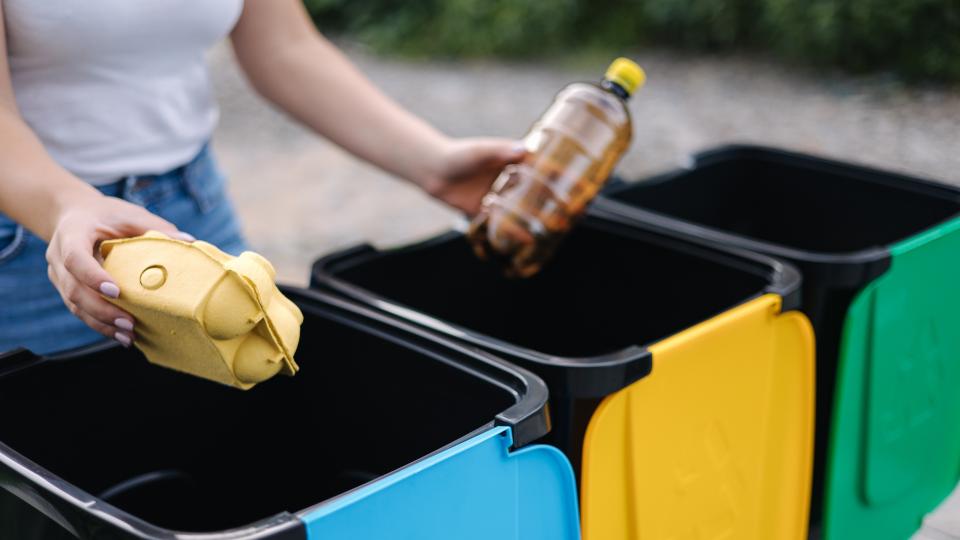
Safe storage is the first step towards minimizing risk. Organize your household chemicals in a specific area out of children’s reach, ideally in a locked cabinet. Always store these substances in their original containers to avoid confusion, and never mix different products together.
Disposing of expired or unused chemicals requires special attention. It’s not just about safety but also about environmental responsibility. Pouring them down the drain or throwing them into regular trash can cause pollution and harm wildlife.
Instead, follow local disposal regulations – many communities have designated drop-off sites for hazardous waste.
Remember, maintaining a home free from potential home safety hazards involves continuous effort and awareness. With careful management and disposal practices, we can significantly reduce the risks associated with household chemicals.
3. Childproofing Your Home for Home Safety Hazards
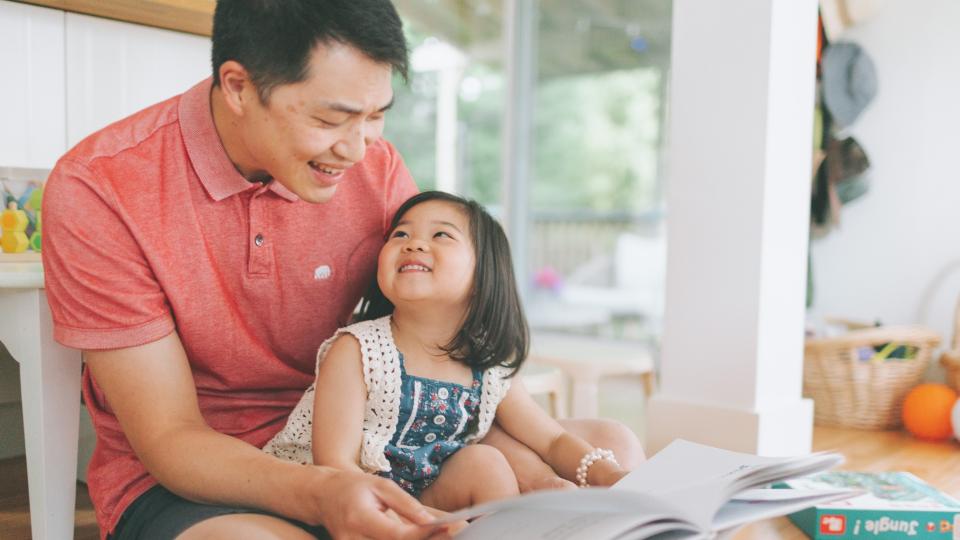
It’s important to be vigilant when it comes to home safety hazards and children. Why? Because young ones are naturally curious, which makes them more prone to accidents at home.
Childproofing Essential Areas
Let’s take a look at some key areas in your home that require childproofing:
Staircases
To a toddler, a staircase might seem like an exciting mountain to climb rather than a potential danger. That’s why it’s crucial to install safety gates at both ends of your staircase to prevent any falls or accidents.
Electrical Outlets
Children have a tendency to poke or insert objects into electrical outlets out of curiosity. This can lead to electric shocks or other injuries. To address this hazard, you can use outlet covers that act as a simple barrier between little fingers and electrical currents.
Cabinets in the Kitchen and Bathroom
The cabinets in your kitchen or bathroom often contain substances that can be harmful if ingested or touched, such as cleaning agents or medications. To keep these potential dangers securely out of reach, you can use locks or childproof latches on the cabinets.
3.1 Creating a Child-Safe Bedroom and Play Area
Now let’s focus on how you can ensure that your child’s bedroom and play area are safe environments for them:
Windows
Install window guards to prevent accidental falls from windows in your child’s bedroom or play area. This additional safety measure can provide you with peace of mind knowing that your child is protected from any window-related accidents.
Toys
When choosing toys for your child, it’s essential to consider their age appropriateness. Opt for toys that are suitable for their developmental stage and avoid those with small parts that could pose a choking hazard.
Furniture Corners
Sharp corners on furniture pieces can be dangerous, especially if your child accidentally bumps into them. To minimize the risk of injuries, you can use furniture corner guards that provide a soft and protective cushioning.
Securing Furniture
Children love to climb on furniture, which can sometimes lead to tipping accidents. To prevent this from happening, make sure to anchor heavy furniture pieces, such as bookshelves or dressers, securely to the wall.
Remember, childproofing is not about suppressing your child’s curiosity but rather ensuring their safety while they explore and learn. These principles of childproofing can also be applied to other areas of your home, such as ensuring medication safety.
4. Home Safety Hazards: Safe Medication Storage
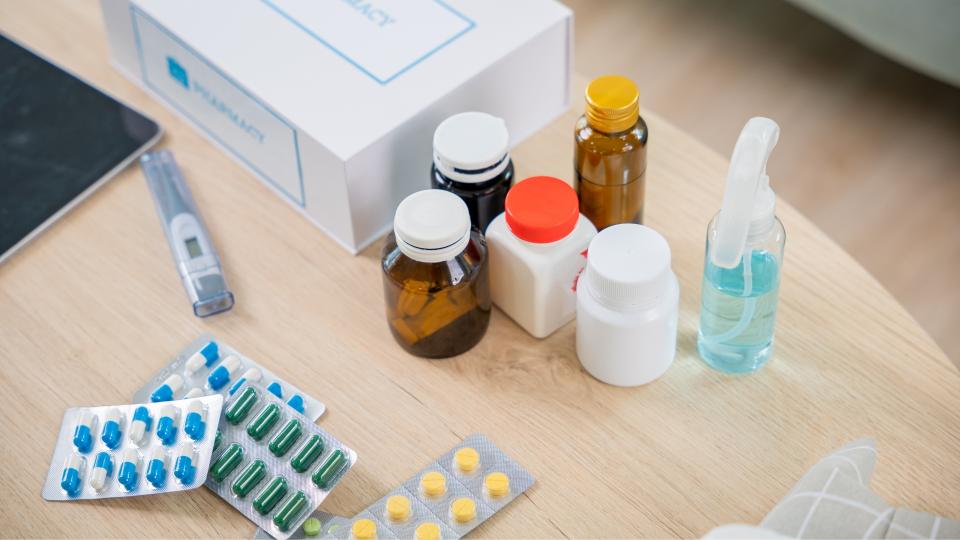
Medication safety is an important aspect of keeping our homes safe, especially when there are young children around. One common danger is the accidental ingestion of medication by curious kids. They might mistake a colorful pill for a piece of candy and swallow it without realizing the harm it can cause.
So, how can we prevent these dangerous situations? The solution lies in two key measures: secure storage of medications and educating children about the dangers of consuming pills without adult supervision.
Secure Storage of Medications
The first step towards ensuring medication safety at home is to store all medications securely:
- Always keep medications in locked cabinets or containers.
- Place these containers high up, out of the reach of children.
- Never leave medication bottles open or lying around.
- Avoid storing medications in places easily accessible by children, such as bedside tables or purse pockets.
By following these guidelines, we can significantly reduce the risk of accidental medication ingestion by young children.
Educating Children about Medication Dangers
In addition to secure storage, it is crucial to educate our children about the potential harm associated with medications:
- Explain that they should never take any pills or unknown substances without adult supervision.
- Teach them to seek help from a trusted adult if they come across any pills lying around.
- Make them understand that even though some medication may resemble candy, it can be dangerous if taken without a genuine need or proper guidance.
Remember, knowledge is power. When children are aware of the dangers posed by medications, they are more likely to make responsible choices and avoid any potential accidents.
A child who understands the dangers posed by medications will be better equipped to avoid them.
In the next section, we will discuss other potential hazards that can exist within our homes and explore ways to minimize these risks.
5. Other Potential Home Safety Hazards to Be Aware Of

5.1 Identifying and Addressing Common Slipping and Tripping Hazards
Taking proactive measures to prevent unnecessary injuries is crucial, and one way to do that is by identifying areas in your home where slips and trips can occur. These incidents can happen anywhere clutter accumulates or surfaces become slippery, not just in high-traffic areas.
Here are some tips on how to identify and address common slipping and tripping hazards in your home:
- Keep Walkways Clear: Ensure that hallways, staircases, and frequently used paths in your home are free from obstacles like toys, loose rugs, or electrical cords that could cause someone to trip.
- Bathrooms and Kitchens: Given their exposure to moisture, bathrooms and kitchens are hotspots for slip-related accidents. Utilize non-slip mats near showers, bathtubs, sinks, and any other areas that may get wet.
- Secure Loose Rugs: Area rugs add aesthetic value but can be tripping hazards if not properly secured. Double-sided tape or non-slip pads can keep them in place.
- Immediate Clean-up: Spills should be wiped up promptly to prevent falls. Make it a habit to clean up immediately after a spill occurs.
Slipping hazards often go unnoticed until an accident happens. Regular household checks can help identify potential risks, allowing you to address them before they lead to harm.
Additional Tips:
- Use Visual Cues: Sometimes, a visual reminder can make all the difference. Brightly colored tape or signs can alert family members and guests to areas that might pose a slip risk, especially if the flooring surface is uneven or has steps.
- Regularly Assess Your Living Space: Remember, maintaining a safe environment is an ongoing process. Regularly assess your living space for new risks as seasons change or new items are introduced into the home.
5.2 Maintaining a Well-Lit Home to Prevent Accidents
When it comes to home safety, one important aspect that shouldn’t be overlooked is having good lighting. Having enough light in your home plays a crucial role in preventing slips, trips, and falls.
Areas with poor lighting can hide slipping hazards like wet spots or tripping hazards such as loose rugs and random clutter. Here are some ways you can improve the lighting in your home to enhance safety:
- Install additional light fixtures in hallways, staircases, and other common areas where shadows may lurk.
- Place nightlights in bathrooms, children’s rooms, and kitchens to ensure visibility during the night.
- Assess each room for potential dark corners or areas that could benefit from brighter bulbs or strategic lamp placement.
Remember that a well-lit home is a safer home. It provides better visibility, making each step more secure and helping you easily avoid potential accidents.
6. Being Prepared for Emergencies: First Aid Kits and Emergency Numbers
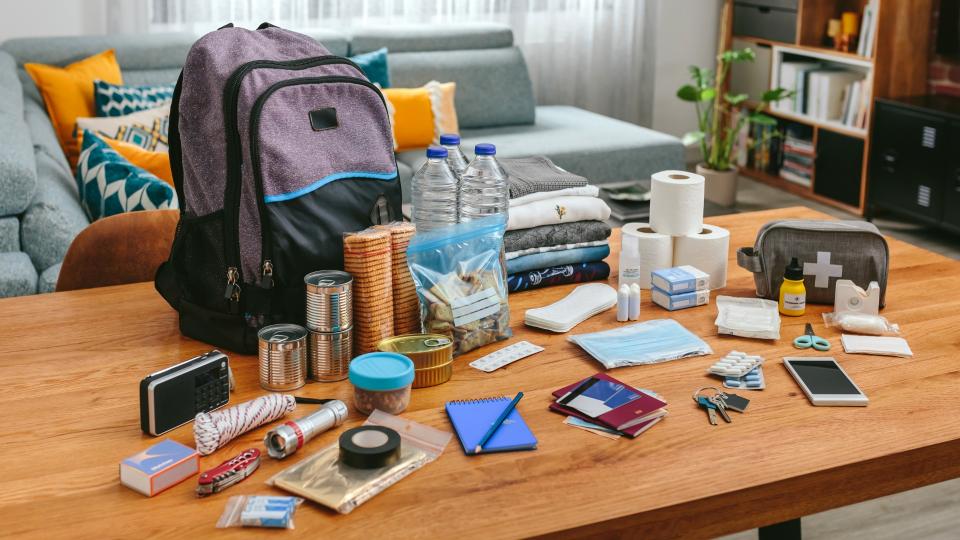
Accidents can happen anytime, even at home. That’s why it’s crucial to have first aid kits available. They act as your first defense by providing immediate care for minor injuries and potentially preventing more serious problems.
It’s important to keep essential medical supplies easily accessible instead of hiding them away in hard-to-reach places.
What Should You Include in a First Aid Kit?
A well-prepared first aid kit should contain the following items:
- Bandages of various sizes for cuts, scrapes, and wounds
- Antiseptic wipes and creams to clean and disinfect injuries
- Sterile gauze pads for larger wounds
- Adhesive tape to secure the gauze in place
- Tweezers for removing splinters or stingers
- Scissors to cut dressings or clothing if needed
- Disposable gloves to protect against infection
- Pain relievers, such as acetaminophen or ibuprofen, for pain management
- Allergy medication, including antihistamines and epinephrine auto-injectors (if prescribed)
- Thermometer to check for fever
- An instruction booklet with basic first aid procedures
Important Emergency Numbers to take not of
In addition to having a well-stocked first aid kit, it’s equally important to have a list of emergency numbers readily available. This list should be visible and easily accessible, preferably placed inside or next to your kit. Here are some essential emergency numbers you should include:
- Police Emergency – 999
- Emergency Ambulance – 995
- Non Emergency Ambulance – 1777
- Fire SCDF – 995
- Poison control center – 6423 9119
- Personal emergency contacts
- Healthcare provider’s office
By having these items on hand, you’re taking proactive steps to ensure you can respond effectively to unexpected situations.
Home Safety Hazards: Prioritising Home Safety

Home safety is not just a concept; it’s an everyday practice. It’s about making conscious choices that prioritize our health and well-being. Lastly, it’s about understanding potential hazards, knowing how to manage them, and taking the necessary steps to eliminate them.
In this article, you’ve learned about:
- The hidden dangers in commonly used household items
- How to childproof your home
- The importance of medication safety
- Other potential home safety risks
- The critical role of having a well-stocked first aid kit and emergency numbers at your fingertips
Yet, knowledge alone is not power. It’s what you do with that knowledge that can make a significant difference.
Remember that the safety of your loved ones is in your hands. And what could be more important than that? So why not share this article with others? Let’s all help raise awareness about home safety.
Read More: The Ultimate Haze Survival Kit: What You Need to Know

